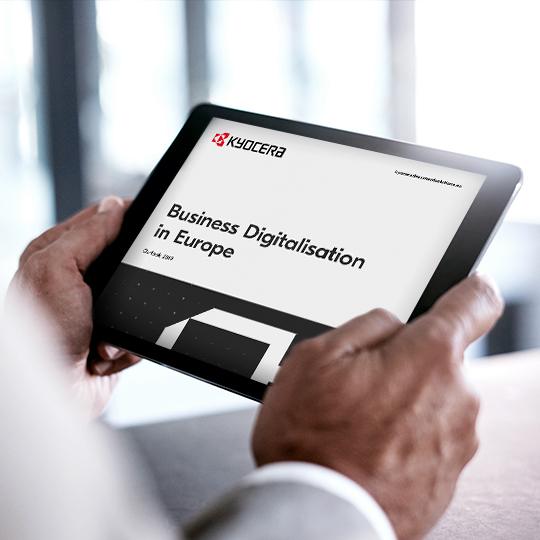Authorised personnel only
A main concern for businesses revolves around how to prevent unauthorised individuals from accessing highly sensitive data. Paper documents can fall into the hands of just about anyone, and there’s simply no way to track who has seen or edited them. In other words, it’s time to bid farewell to old-fashioned locking filing cabinets and jump on the digital bandwagon.
Businesses nowadays need tools to help them ensure data security and integrity, and this is where the latest digital solutions come in. Without digitalising documents, it is impossible for companies to properly monitor exactly when and who is accessing and editing files. Nonetheless, access can now be strictly controlled and audited by using the tools included in content management solutions.
With such a tool, managers are given the ability to grant permissions or access rights to specific documents that have been digitalised to individuals or groups inside as well as outside the company if the external access feature has been activated. Moreover, rules can be established so only those on the appropriate management level can access certain data.
Track document access
Beyond simply protecting who is able to access information, platforms such as Enterprise Content Management or Content Services enable businesses to follow who accesses a document, what part they accessed, when it was accessed, and how they accessed it. This provides far greater visibility and transparency which is key as companies look to ensure confidentiality and integrity.
This feature is at its most valuable when it comes to audits, should an error be made in the process or in the case of complaints. Changes can be tracked down and issues can be rapidly identified, avoiding a cloak of anonymity. Through the use of this aspect of document digitalisation, firms can ensure that their most confidential information is secure, even after granting access rights.
By being able to analyse every time a document is accessed, firms can ensure that their security policy is working according to plan, and that staff have the correct permissions. When it comes to protection of data, vigilance is everything. Tracking access is the ultimate way to be vigilant over all of an organisation’s documentation.
All things considered, Content Services are not only useful in terms of efficiency and organisation within offices – they are playing a major role in modern security strategies for businesses. Digital document management allows businesses to trace all actions and eliminates the risk of losing, damaging, or destroying a document. In the end, this is crucial not only regarding internal company information, but also that of customers, who trust companies with their personal data which can be ensured by implementing such digital solutions.


